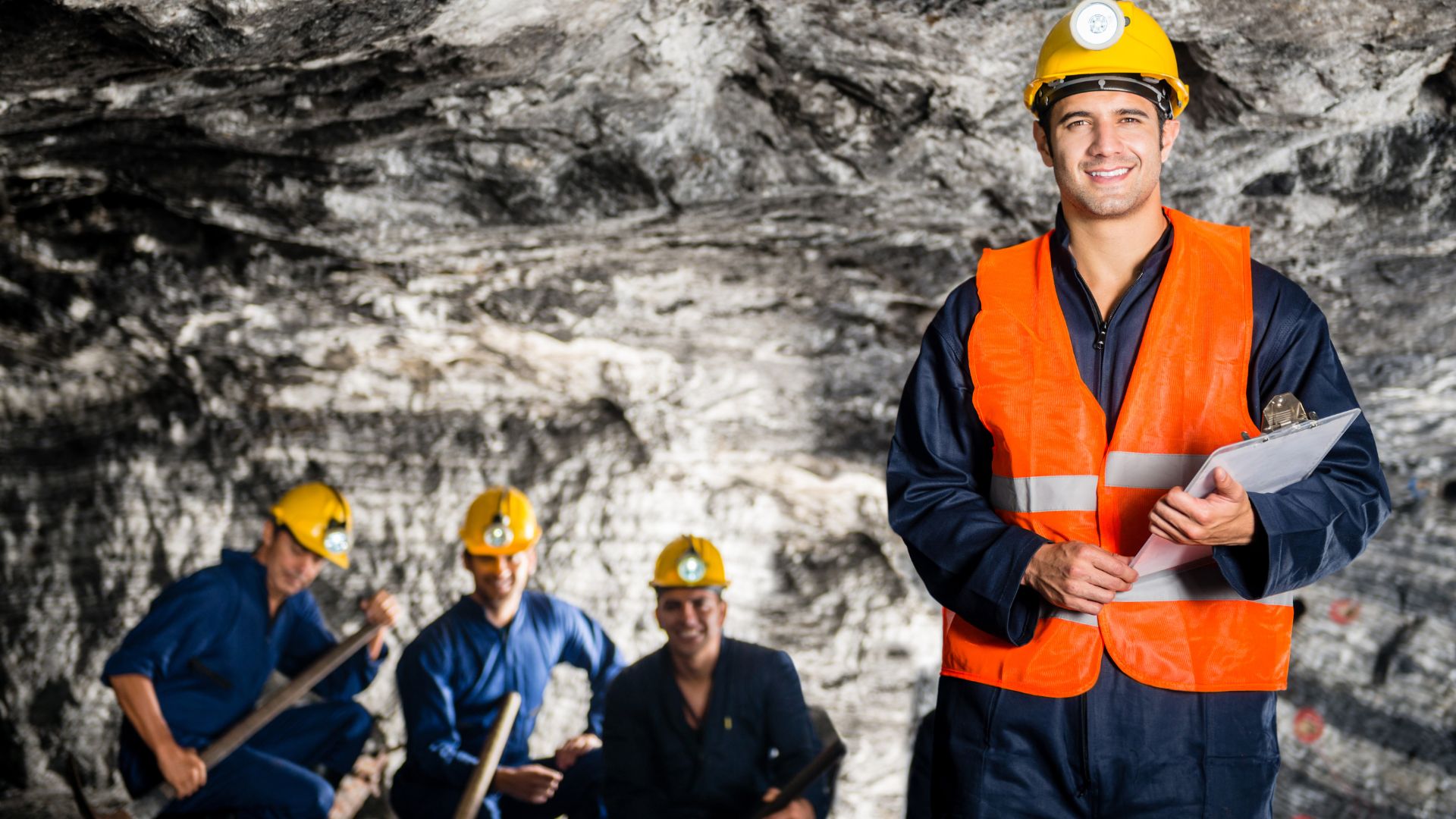The mining industry is characterized by variability. Variability in factors like resources to be mined, market demand, supply chain, and more need smart planning to adapt on the go. Digital innovations make it possible to unlock new ways of managing variability as well as drive a fundamental shift in worker safety and productivity. For the mining sector to keep up with the pace of technological transformations and remain competitive, rethinking of how mining works is called for.
Mining operations and cloud computing
Changing the face of the mining industry, cloud computing will assist with centralizing functions and controls, and also standardize operations across disparate locations for mining companies that have multiple mines. Centralization and standardization of operations allow mining companies to be far more agile. With low investment and infrastructure costs, cloud methodologies will reduce operational expenses to a large extent.
This technology also helps miners process large amounts of real-time data acquired from the job site. Large data can now be stored, retrieved, shared, and analyzed, which helps in filling functional gaps and instantly identifying performance issues. Equipment data on performance parameters can be collected continuously, thereby anticipating failures and taking preemptive action.
Promoting sustainability, cloud computing is the greener choice helping mining companies to reduce their carbon footprint by reducing greenhouse gas emissions.
Data analytics and IoT
Advances in predictive analytics, from machine learning to improved statistical techniques for integrating data, help turn vast data sets into actionable insights depicting the probability of future events. Complex mining tasks such as geological modelling, on-the-day scheduling, and predictive maintenance are increasingly in the domain of smart statistical and optimization algorithms. IoT facilitates the visibility and transparency of data across the organization. Collaboration among the stakeholders becomes easy to accomplish.
Mining companies are using Big Data to discover more cost-efficient ways of running operations and also reduce overall operational downtime.
Artificial intelligence in mining
From exploration to processing and transportation, AI enhances the power of IoT solutions as a means of streamlining operations, reducing costs, and improving safety within the mining industry.
Using vast amounts of data inputs, such as drilling reports and geological surveys, AI and machine learning can make predictions and provide recommendations on exploration, resulting in a more efficient process with higher-yield results.
.jpeg)
AI-powered predictive models also enable mining companies to improve their metals processing methods through more accurate and less environmentally damaging techniques. AI can be used for the automation of trucks and drills, which offers significant cost and safety benefits.
The flexibility of mining operations
Consuming infrastructure, applications, and services via the cloud enables mining businesses to be far more flexible, as these services can be tailored, and then adapted to the businesses' needs as they evolve. Digitization gives miners greater control over the running of the mines and also helps in making quick decisions.
Technology ensuring worker safety
The International Labour Organisation (ILO) predicts that more than 2 million people die each year through work-related accidents and illnesses out of which 5 per cent of the occupational accidents are related to the mining industry.
Mining safety managers can protect their workers by monitoring ventilation and toxicity levels inside underground mines with the help of IoT on a real-time basis. It enables faster and more efficient evacuations or safety drills.
Automating equipment for drilling and ore haulage decreases dependency on human labour, thereby reducing accidents and exposure to hazardous areas. These form the majority of mining-related injuries. Rio Tinto, BHP, FMG, and Roy Hill in Australia are in the process of automating haulage by using autonomous trucks, drills and autonomous trains, and one-day autonomous ships (originally published in September - December '21 issue of African Mining Market).












